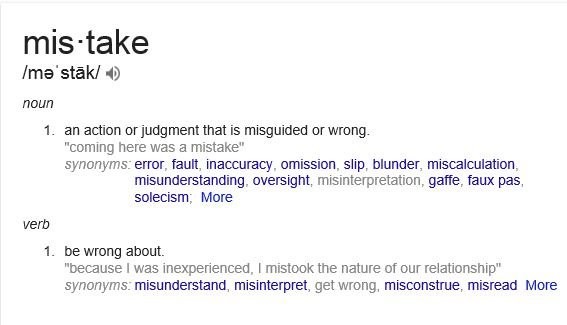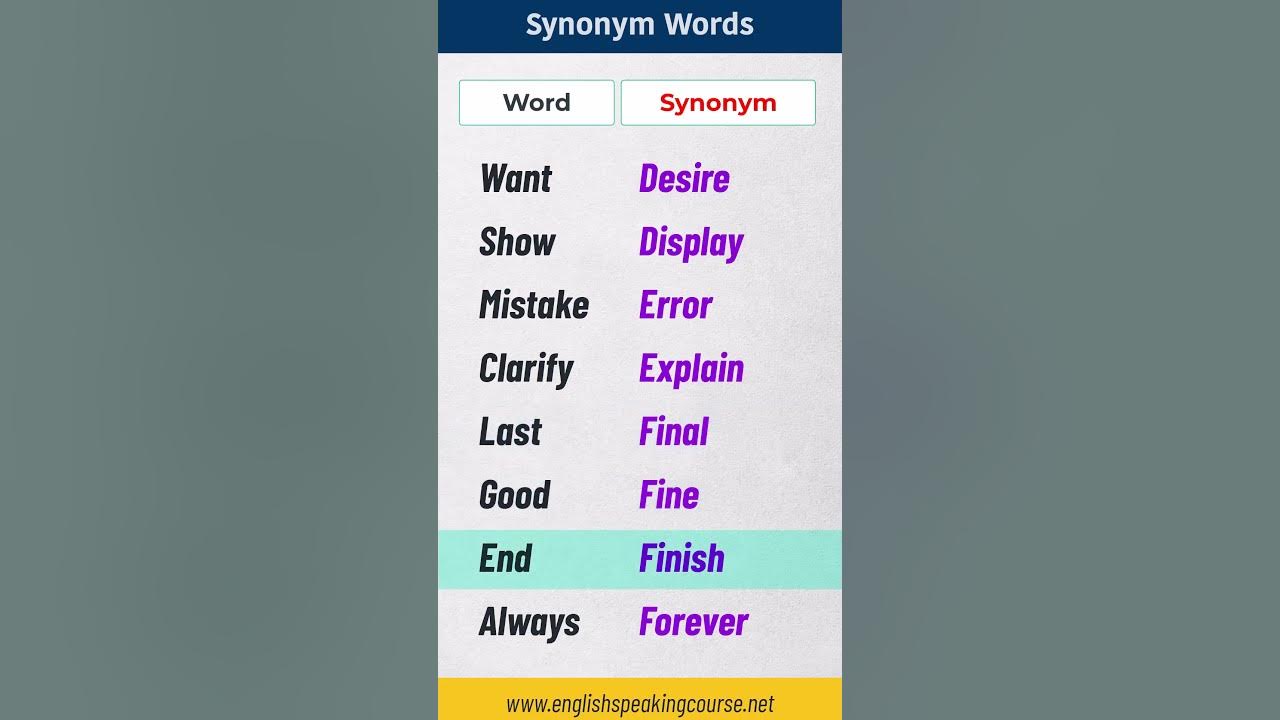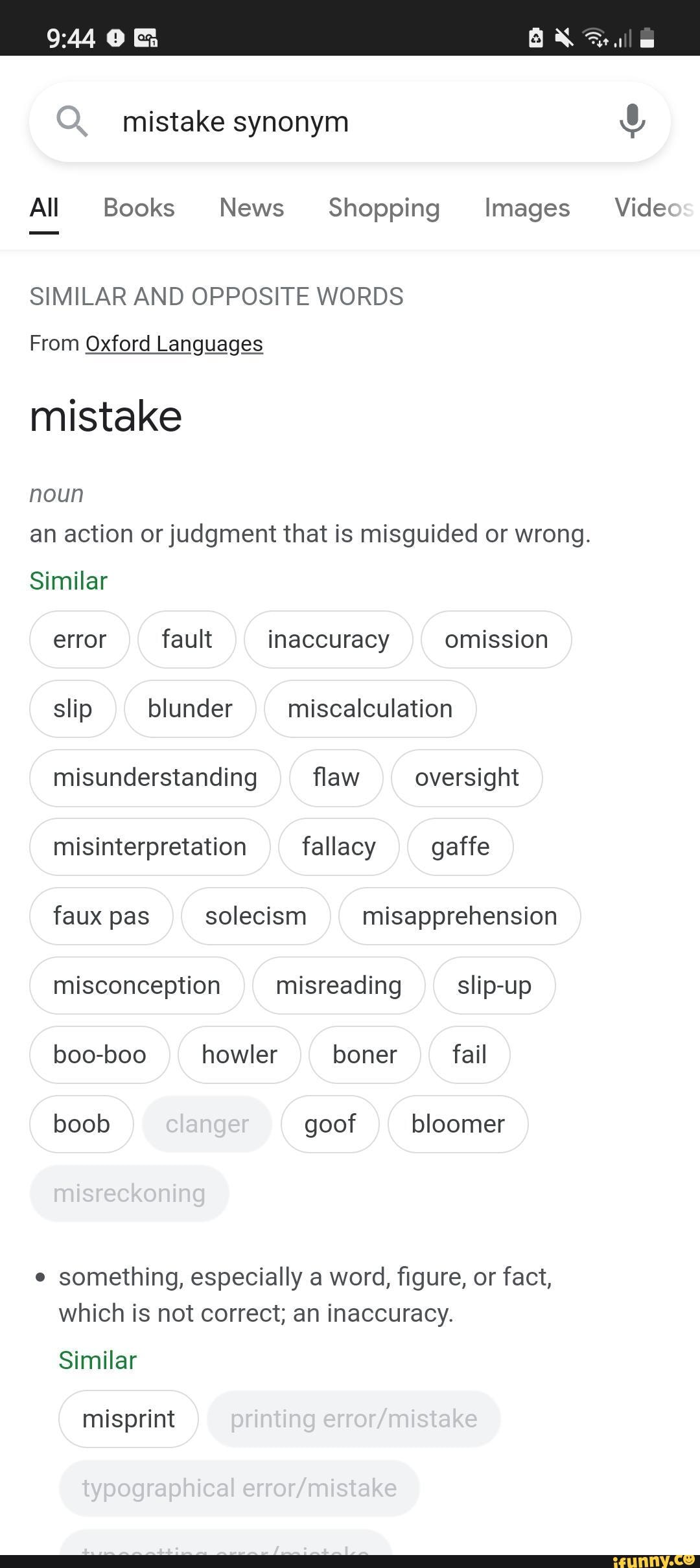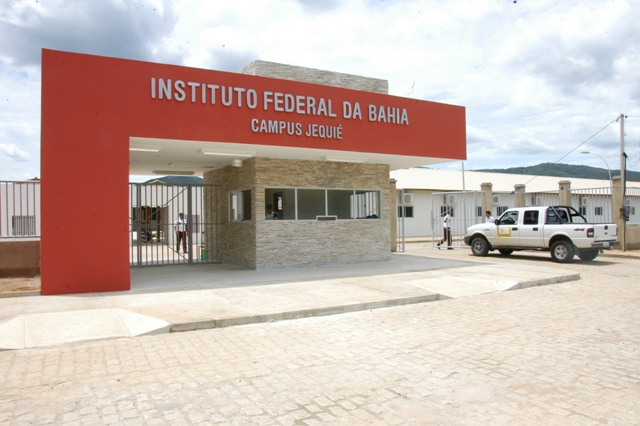PDF] Near-Synonym Choice using a 5-gram Language Model
Por um escritor misterioso
Last updated 10 novembro 2024
![PDF] Near-Synonym Choice using a 5-gram Language Model](https://d3i71xaburhd42.cloudfront.net/981fec6d9d4b45c2f0f4d80512fe0cf56419b8b1/10-Table3-1.png)
An unsupervised statistical method for automatic choice of near-synonyms is presented and compared to the stateof-the-art and it is shown that this method outperforms two previous methods on the same task. In this work, an unsupervised statistical method for automatic choice of near-synonyms is presented and compared to the stateof-the-art. We use a 5-gram language model built from the Google Web 1T data set. The proposed method works automatically, does not require any human-annotated knowledge resources (e.g., ontologies) and can be applied to different languages. Our evaluation experiments show that this method outperforms two previous methods on the same task. We also show that our proposed unsupervised method is comparable to a supervised method on the same task. This work is applicable to an intelligent thesaurus, machine translation, and natural language generation.
![PDF] Near-Synonym Choice using a 5-gram Language Model](https://upload.wikimedia.org/wikipedia/commons/0/00/Space_sustainability_urgency_in_earth_orbits_white.png)
Space debris - Wikipedia
Language Model Concept behind Word Suggestion Feature, by Vitou Phy
![PDF] Near-Synonym Choice using a 5-gram Language Model](https://media.springernature.com/m685/springer-static/image/art%3A10.1038%2Fs41586-023-06291-2/MediaObjects/41586_2023_6291_Fig1_HTML.png)
Large language models encode clinical knowledge
![PDF] Near-Synonym Choice using a 5-gram Language Model](https://venngage-wordpress.s3.amazonaws.com/uploads/2020/06/how-to-make-an-infographic-blog-header.png)
How to Make an Infographic in Under 1 Hour (2023 Guide) - Venngage
![PDF] Near-Synonym Choice using a 5-gram Language Model](https://www.apa.org/images/inclusive-language-guide-header_tcm7-300244.jpg)
Inclusive Language Guide
![PDF] Near-Synonym Choice using a 5-gram Language Model](https://i.ytimg.com/vi/JKiPMA-H608/hqdefault.jpg)
Class 10 Maths Chapter 2 Polynomials MCQs (With Answers)
![PDF] Near-Synonym Choice using a 5-gram Language Model](https://media.springernature.com/lw685/springer-static/image/chp%3A10.1007%2F978-981-99-1999-4_2/MediaObjects/533412_1_En_2_Fig5_HTML.png)
N-Gram Language Model
![PDF] Near-Synonym Choice using a 5-gram Language Model](https://www.kdnuggets.com/wp-content/uploads/agarwal_ngram_language_modeling_natural_language_processing_2.png)
N-gram Language Modeling in Natural Language Processing - KDnuggets
![PDF] Near-Synonym Choice using a 5-gram Language Model](https://ecdn.teacherspayteachers.com/thumbitem/Synonyms-and-Antonyms-Resources-Common-Core-Supplement-L51c-and-d-063342300-1380410816-1516287085/original-901740-1.jpg)
Synonyms and Antonyms Resources {Common Core Supplement (L.5.5c)}
![PDF] Near-Synonym Choice using a 5-gram Language Model](https://www.pnas.org/cms/asset/b7a58b9f-c5f3-4c4f-9708-c9ec093d8919/keyimage.jpg)
One model for the learning of language
![PDF] Near-Synonym Choice using a 5-gram Language Model](https://www.questionpro.com/blog/wp-content/uploads/2018/04/What-is-Market-Research.jpg)
Market Research: What it Is, Methods, Types & Examples
![PDF] Near-Synonym Choice using a 5-gram Language Model](https://miro.medium.com/v2/resize:fit:1228/1*BNrYUIi-hGFTeBnMy0sesg.png)
N-gram language models. Part 1: The unigram model, by Khanh Nguyen, MTI Technology
![PDF] Near-Synonym Choice using a 5-gram Language Model](https://images.sample.net/wp-content/uploads/2022/10/Synonym-Challenge.jpg)
Sample Synonym, PDF
![PDF] Near-Synonym Choice using a 5-gram Language Model](https://pub.mdpi-res.com/applsci/applsci-10-05996/article_deploy/html/images/applsci-10-05996-g001.png?1598708374)
Applied Sciences, Free Full-Text
![PDF] Near-Synonym Choice using a 5-gram Language Model](https://cdn.britannica.com/86/150486-050-3EBC3516/MyPlate-guidelines-food-groups-sections-section-plate-2011.jpg)
Human nutrition, Importance, Essential Nutrients, Food Groups, & Facts
Recomendado para você
você pode gostar












/i.s3.glbimg.com/v1/AUTH_ba3db981e6d14e54bb84be31c923b00c/internal_photos/bs/2021/r/3/y8k9XUSByBjoISD9gUhQ/2019-07-22-jogos-de-manicure.jpg)





)